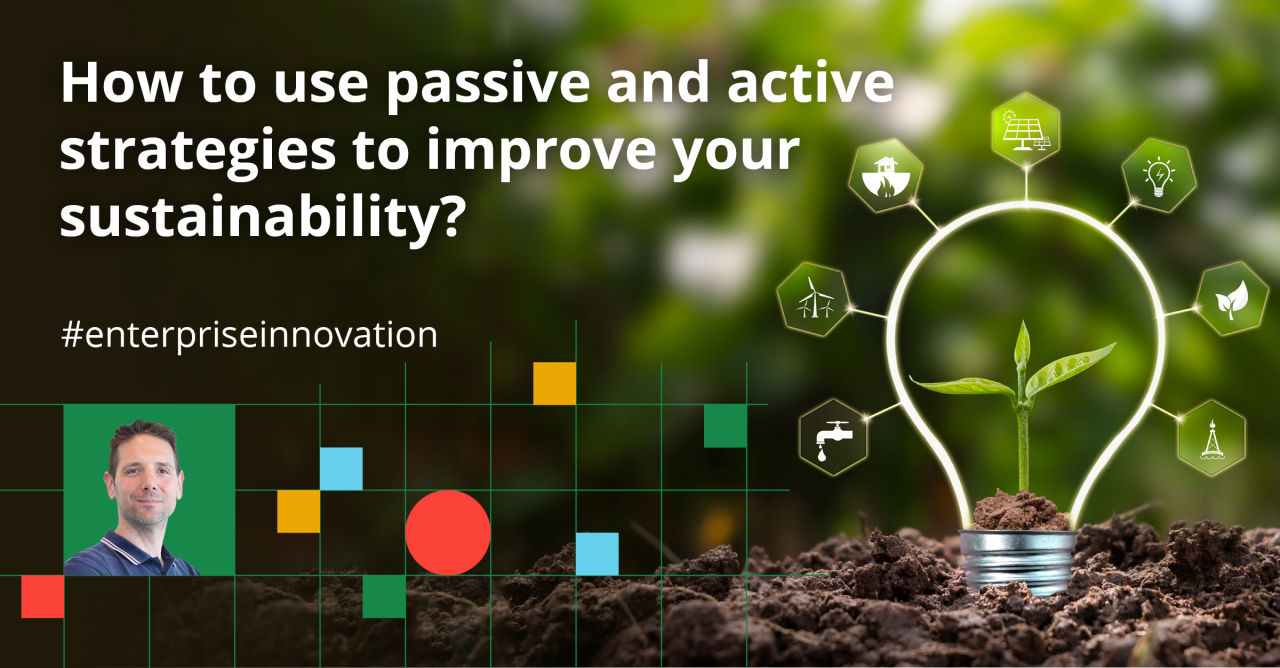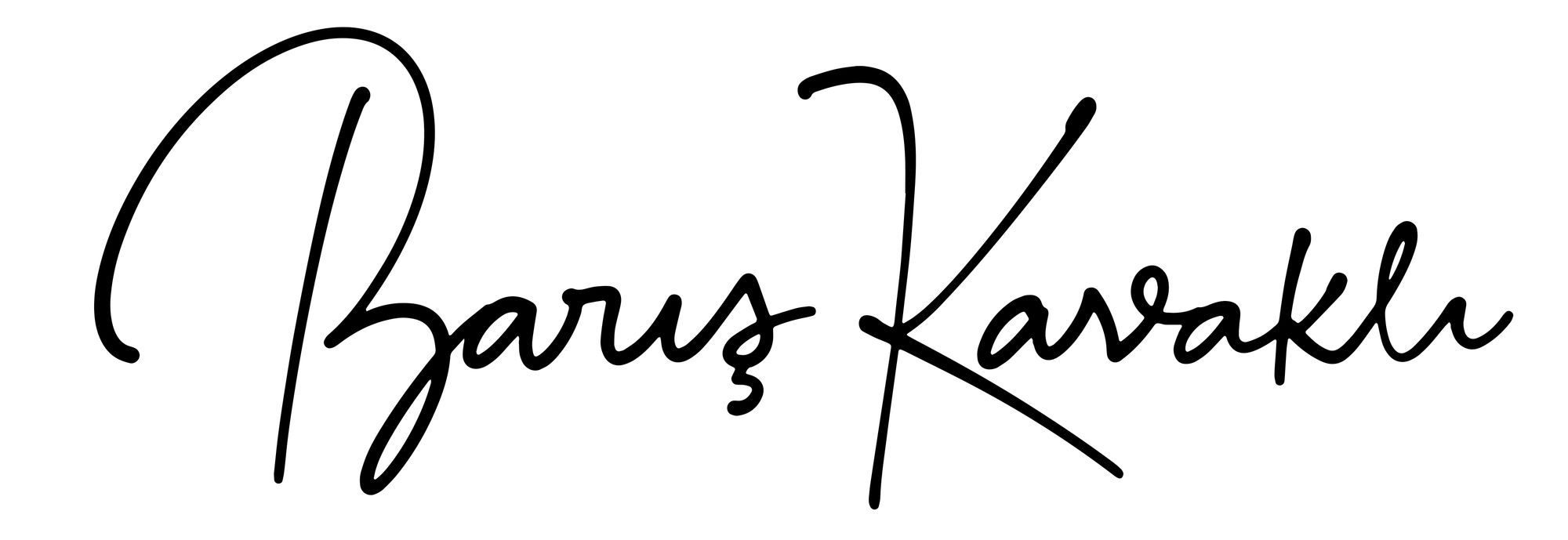Active and passive sustainability strategies: how companies can move further faster with their sustainability agenda

Companies are past the point of sustainability signposting. Employees, customers, regulators and authorities, and shareholders: everyone is demanding action. What can you learn from other organizations?
The commitment to greater sustainability is now mainstream and pretty much global. This article will help you understand the active and passive strategies your company can use to improve its sustainability, so that you can explore avenues you might otherwise have overlooked.
Before we get into it, there are three key foundational principles to keep in mind:
· You are probably already doing more than you know
· You can do more than you think
· It’s all about measurement, as that’s the critical feedback loop
Step 1: Measure your baseline
We’re working with a technology company that’s transforming the travel and tourism sector, helping accommodation providers, tour operators, events facilities, and travel companies measure and map their current impact and, crucially, their progress. What they’re discovering is truly inspiring for all of us — namely that they are already doing a lot to reduce the impact of their activities.
Step 2: Build data
Without data on your current and future performance, you can’t show progress, communicate about change, or demonstrate business and sustainability impact.
We are partnering with an ecology group to help its companies and clients build data on their sustainability journeys. So often the blocker is measurement (which is why carbon is the flag-bearer for sustainability — because it’s so easy to measure). But what about biodiversity initiatives, regional economic impact, measuring inequality, quantifying underwater habitats? These sustainable development goals (SDGs) are harder to measure, harder to manage, and easily swept under the carpet. But a technology-enabled data strategy can shine a light on these SDGs, allowing organizations to develop proactive strategies and have a positive impact.
Step 3: Build active and passive strategies
Companies need to calibrate their sustainability strategy to include what’s most likely to have impact. And they need to deploy active and passive strategies.
Active strategies are about telling, doing, and pushing. They’re where the business proactively tells people about change and seeks active participation in that change. Many purpose- and cause-related marketing activities fall into this category. And this is why the solution can lie in ‘change’ — the need to do things differently. But as we’ll explore in Step 5, this is often the wrong way to approach change.
So often, change comes through passive strategies — landscaping and nudging, rather than pushing and prodding. Passive strategies are about landscaping, enabling, contextualizing, and facilitating. Passive strategies are about shaping and influencing, allowing the audience to make their own choices and yet have their choices influenced by how they are framed. These are decisions that companies can make that have little or no impact on the audience and yet make a big difference.
Here are some active and passive suitability strategies you can test and measure. They range from deliberately big (Industry 4.0) to deliberately small (food sourcing in canteens).
Active:
· In facilities/operations — active heat/water/energy management through industry 4.0 technologies, transport and travel controls, employee engagement campaigns
· In your supply chain — SDG total-life measurement and control of ingredients and sourcing, enabled through blockchain, incorporated into ERP and overall product impact
· With your customers — exposure and engagement on track and trace, sourcing storytelling, gamification of sustainability
Passive:
· In facilities/operations — water-flow rate, hot-water temperature, ‘black-mode’ computers, local sourcing in canteens
· In your supply chain — inclusion of sustainability KPIs as part of the RFP, offering to jointly report
· With your customers — re-educating on pack size (repackaging, removing air cavities, etc.)
Step 4: Unlock (passive) momentum
Companies need to deploy a series of change management strategies to achieve their broader range of SDG goals. Internally a comprehensive change management program is needed to unlock the small steps the organization can take that together drive big changes. Specialists are best-placed to identify the small changes that collectively make a big difference. While big changes are significant, the small changes are what make the difference. An analogy would be, while we wait for all cars to be electric, why not make all less-than-1km journeys on foot, and we’d see an impact immediately.
Step 5: Create activism
What we say in public and do in private is so often different. This is a simple truth, and it’s a big challenge for CSOs. In research groups and consumer studies, participants will advocate for cleaner, greener solutions, and their purchase decisions will often follow suit. But the level of engagement and impact — particularly digitally — between brands (retail, fashion, CPG) and these themes often disappoint.
